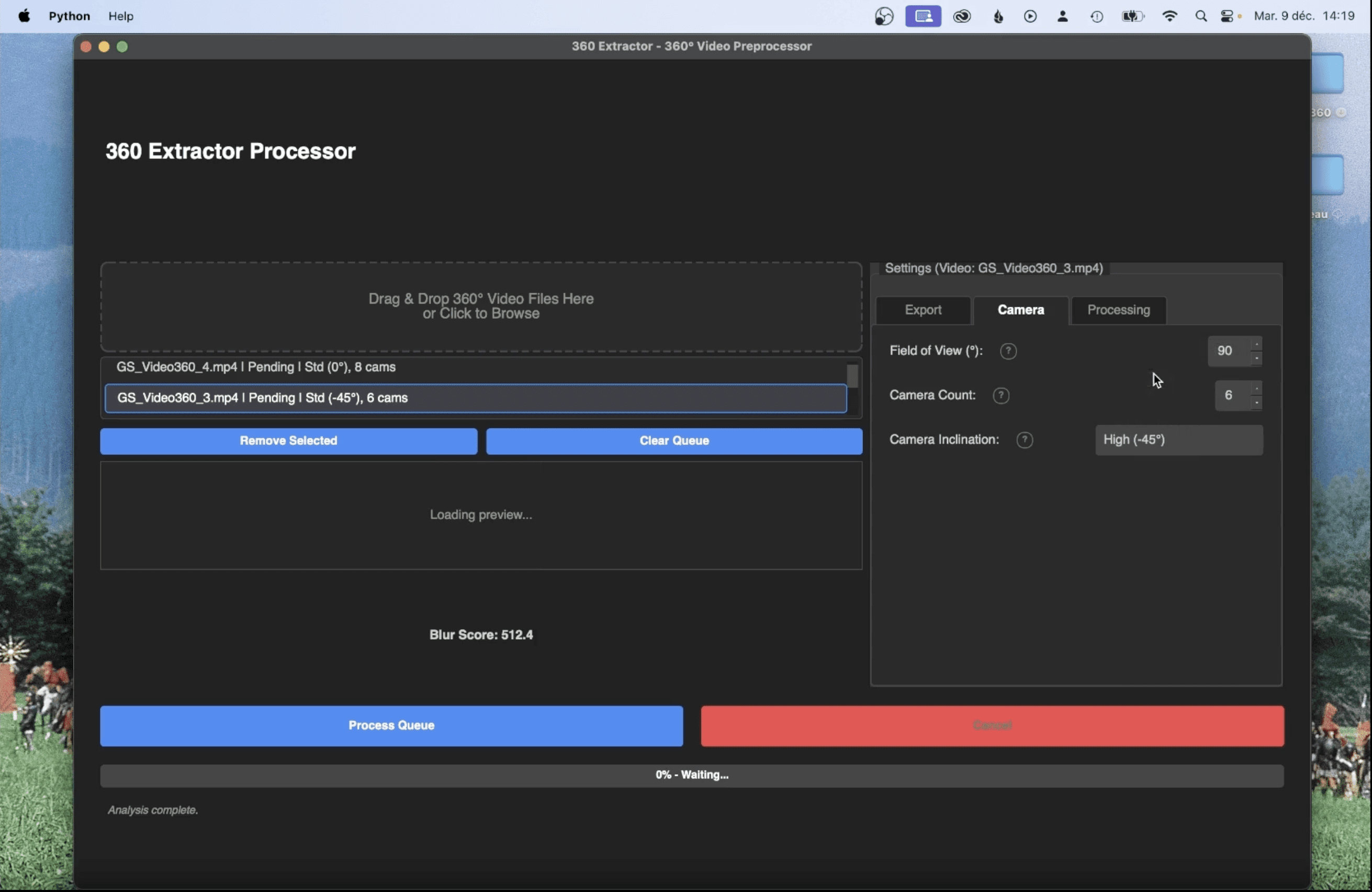

Michael Rubloff
Feb 11, 2025
When Exact Volumetric Ellipsoid Rendering (EVER) was first introduced, it offered a new solution to some of the biggest challenges in 3D Gaussian Splatting. By replacing Gaussians with ellipsoids and using Ray Tracing instead of Rasterization, EVER eliminated persistent artifacts like popping and blending inconsistencies while maintaining real-time performance. Now, several months after its initial publication, the researchers behind EVER have made the code open source, opening the door for wider experimentation, research, and application in the field of Radiance Field reconstruction.
The open-source release allows researchers and developers to dive into the technical details, experiment with improvements, and apply EVER to new real-time 3D rendering challenges. For those unfamiliar with the technique, EVER builds on recent advances in Radiance Field-based rendering, offering a physically accurate, volumetric representation that avoids the common limitations of 3D Gaussian Splatting (3DGS). By leveraging constant-density ellipsoids, EVER ensures that primitive colors blend correctly according to the physics of volume rendering, producing sharper, more consistent images—especially in large-scale, complex scenes.
EVER uses a Bounding Volume Hierarchies (BVH) for efficient ray-ellipsoid intersection calculations. This enables it to compute the volume rendering integral exactly, avoiding the approximations that often introduce artifacts in splatting-based techniques. The ray tracing approach also allows EVER to support defocus blur, refractions, reflections, and lens distortions.
EVER is latest exciting Radiance Field method to be open sourced, providing a new foundation for those working on novel view synthesis, high-fidelity real-time graphics, and advanced optical effects. With its ability to maintain both performance and visual accuracy, EVER represents a significant step forward in making Ray Tracing-based Radiance Fields more accessible for real-world applications. It's important to note that the repository carries the same license as Inria's 3DGS, meaning that you will need a paid license to use it commercially. Check out the repository here.
With EVER now in the hands of the broader research community, it will be interesting to see how this technique evolves and where it will be applied next.







